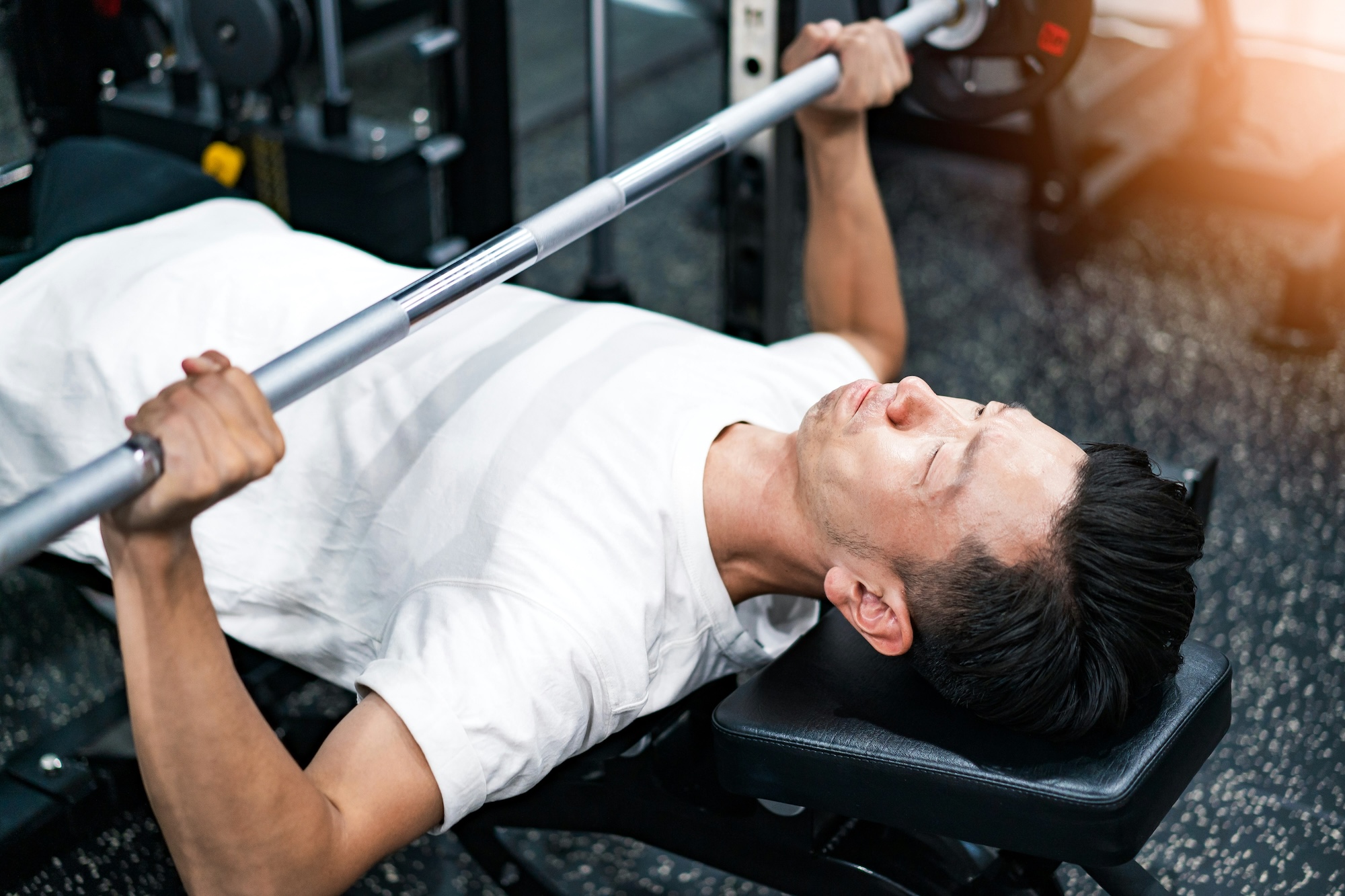Think of collagen as a kind of glue that literally keeps the parts of the human body together
Photo by Anna Shvets/Pexels
Twenty-five years into a person’s life marks the arrival of certain changes.
Among many things (and depending on who you ask), the decline of some bodily functions at this age is a paradoxical change in that it is both dreaded and unnoticed by the person undergoing it. For one, it’s more or less at this age that—without you noticing—the quality of your skin starts to decline. This is because the age of 25 signals the point at which your body starts producing less collagen.
It’s definitely not as severe as it sounds, especially at such a relatively young age, but a fall in collagen production actually triggers the beginning of skin aging. But more than what low collagen can do to your skin, it also has potentially dire effects on joints and injury recovery.
What is collagen?
Since collagen is more widely known as a nutrient for healthy, youthful skin, it makes sense that it’s often associated with beauty and cosmetics. But what a lot of people don’t know is that collagen is a major structural protein in the body, which means that it makes up a large part of bones, tendons, connective tissues, and muscles. In fact, our bodies are made up of about 25 to 35 percent collagen, comprising about 90 percent of our connective tissues.
Collagen has been touted as an optimal post-exercise nutrient, as it has benefits such as the reduction of joint pain and replenishment of lost proteins during exercise; it also lessens injury recovery time. It’s also favored by a number of athletes because unlike most protein supplements, collagen doesn’t lead to common side effects such as stomach aches and nausea
Think of it as a kind of glue that literally keeps the parts of a human body together. This is why collagen is critical in maintaining joint health and in recovering from sprains and other soft tissue injuries. It’s a perfect recovery protein that repairs muscles and cartilages that have been strained by working out. Which is why collagen should not be the concern of the skin-conscious alone but also of the active sportsperson.
Role in athletic performance
Because proteins are broken down during exercise, athletes are often advised by sports nutritionists to consume protein as a way to recover. Protein supplements in the form of casein, whey, hemp, and soy are the usual options, but collagen is gaining popularity among athletes. It’s been touted as an optimal post-exercise nutrient, as it has benefits such as the reduction of joint pain and replenishment of lost proteins during exercise; it also lessens injury recovery time. It’s also favored by a number of athletes because unlike most protein supplements, collagen doesn’t lead to common side effects such as stomach aches and nausea.
But its benefits extend beyond those already mentioned. Since it’s high in amino acids—to which muscular contraction is strongly dependent—the presence of collagen improves performance during short bursts of muscle contraction. This is how collagen complements and boosts athletic performance: The support and security it provides not only protects athletes from injuries, it also lets them push themselves more.
Where to get collagen
As mentioned, collagen production declines as we get older. But this is mostly a non-issue since there are a good number of collagen sources, such as beef bone broth, collagen drinks and peptides (hydrolyzed supplements), and gelatin powder that can aid in recovery and athletic performance. These supplements can be a bit pricey, however, so it might be best to stick to natural sources.













































